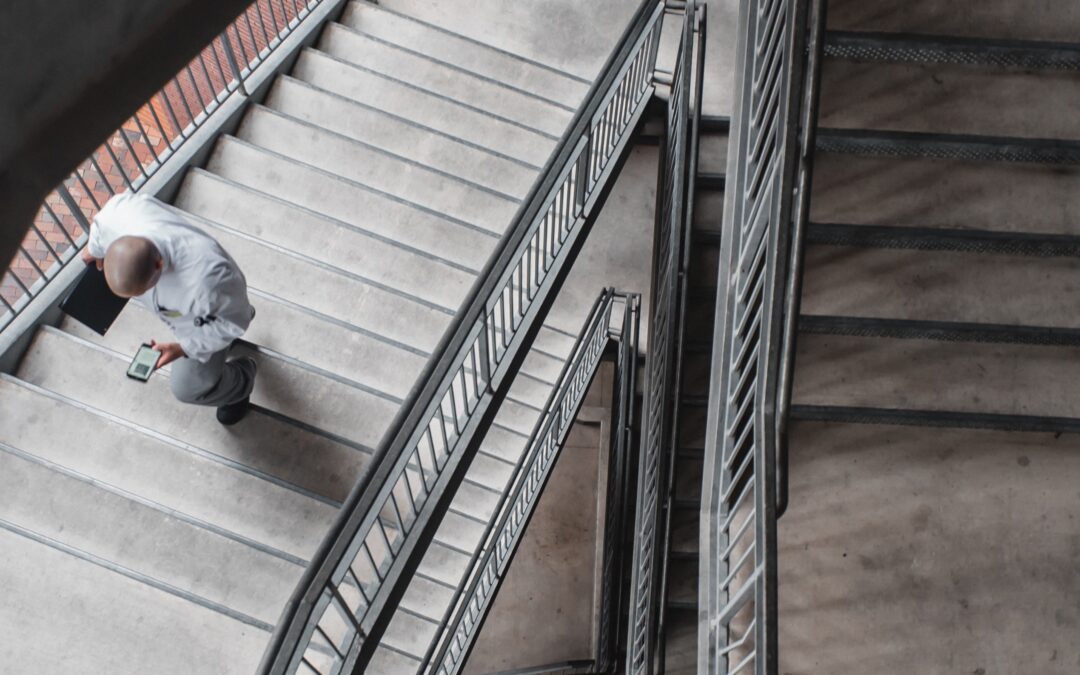After last week’s Q&A post, where I answered Simon’s question on how to keep up healthy habits over the long-term, quite a few people shared with me that they don’t know what they should be doing.
I think this is partly because of the overwhelming amount of conflicting advice out there – it can be very confusing if health and wellbeing aren’t your areas of expertise!
But you also need to be able to tailor any advice specific to you, as an individual: factoring in your lifestyle, level of health and mobility, access to amenities, time available, what you enjoy, stress levels, budget, goals etc.
While there’s no one-size-fits-all approach, there are some simple, fundamental truths to achieving and maintaining good levels of health and wellbeing.
In today’s blog post I’m going to focus on exercise and movement and start off with the best way to approach this core area:
Movement should be a daily priority, not an afterthought. If you could quite easily go all day barely moving, then you need to set a daily intention to move as much as you can in a way that works around your other priorities.
And to clarify, I’m talking about movement outside of any specific exercise routine. Of course, that counts, but for most people, a typical workout session takes an hour or less out of their day. We’re talking about what you’re doing during the majority of your waking hours.
As a rule of thumb, I’d suggest one daily walk at the minimum. The goal of 10,000 steps or 5 miles per day is commonly cited but, as always, something is better than nothing. It might be helpful to know that 4K or fewer steps a day is considered a low level of physical activity so I would aim for 5K per day at least if your health allows.
And remember that you don’t necessarily have to achieve your goal in one walk. Your step count total can be cumulative throughout your day.
Naturally, there will be some days where we hardly get to move: You might have an intense day at work, and you barely have time to leave your desk let alone get outside. Or maybe you’re unwell and resting is the priority. Or you have a newborn child. In situations like these, of course that is okay, but it shouldn’t be your normal over the long term.
Lack of movement has a whole host of negative health implications. In the short term, it will impact your mood, stress levels, blood pressure, blood sugar levels and potentially your sleep.
Over the long term, the effects ultimately impact every area of our health and wellbeing. The most common and direct long-term impact results in metabolic dysfunction: diabetes, excess body fat around the waist, high blood pressure, and unhealthy cholesterol levels.
Stress levels and mental health are intrinsically tied to physical health, so lack of movement also plays a key role in symptoms such as anxiety, depression, insomnia, and low mood. The reality is that our bodies have evolved to be moving regularly during the day and so if we’re not moving very much, there will be negative consequences.
Stats on sitting for long periods aren’t good at all and a sedentary lifestyle can even shorten life expectancy. As I explained in last week’s blog post, doing something/anything is always better than nothing and consistency is also key.
With that in mind, if you know you need to move more, I encourage you to build in at least one daily walk and to also find mini moments throughout your day to increase your overall activity levels.
Here are some suggestions:
- Taking the stairs instead of the lift.
- Walking the escalator.
- Brisk walking breaks: around the garden, round the block, when getting lunch etc., walking children to school or when running errands instead of driving.
- Toilet breaks: go to a toilet further away on another floor if possible.
- Drinking more: this will keep you hydrated and mean you need to get up to go to the toilet more often.
- Double-stepping stairs.
- Whole body weight moves while waiting for the kettle to boil, food to cook at home, and while on calls if you can have your camera off.
- Make the most of your commute: get off a stop early to walk more.
- Shift from walking to some light jogging on your daily walks.
- Join a challenge and track your stats for accountability and motivation.
- Do a ‘fictional commute’ when working from home.
- Plan walking and standing meetings either in person or remotely.
- Set up a way to stand while working at your computer.
- Desk-based exercises: equipment or moves.
- Plan regular long weekend walks.
- Housework: cleaning, laundry, gardening, and DIY all counts.
- Get a dog!
I recommend you pick ONE of the suggestions above and commit to adding it to your daily routine. Don’t try and do too many at once as you will likely feel overwhelmed, and it will be harder to build the habit. Start with one, and once that becomes a part of your everyday routine, look at adding another and so on.
Remember that small habits stack up. They can make a big difference over time.
I hope this post has inspired you to be more active if you aren’t currently making movement enough of a priority. Next month I’ll continue on this theme sharing more of the fundamental truths or core pillars to achieving and maintaining good levels of health and wellbeing.
Kate x


